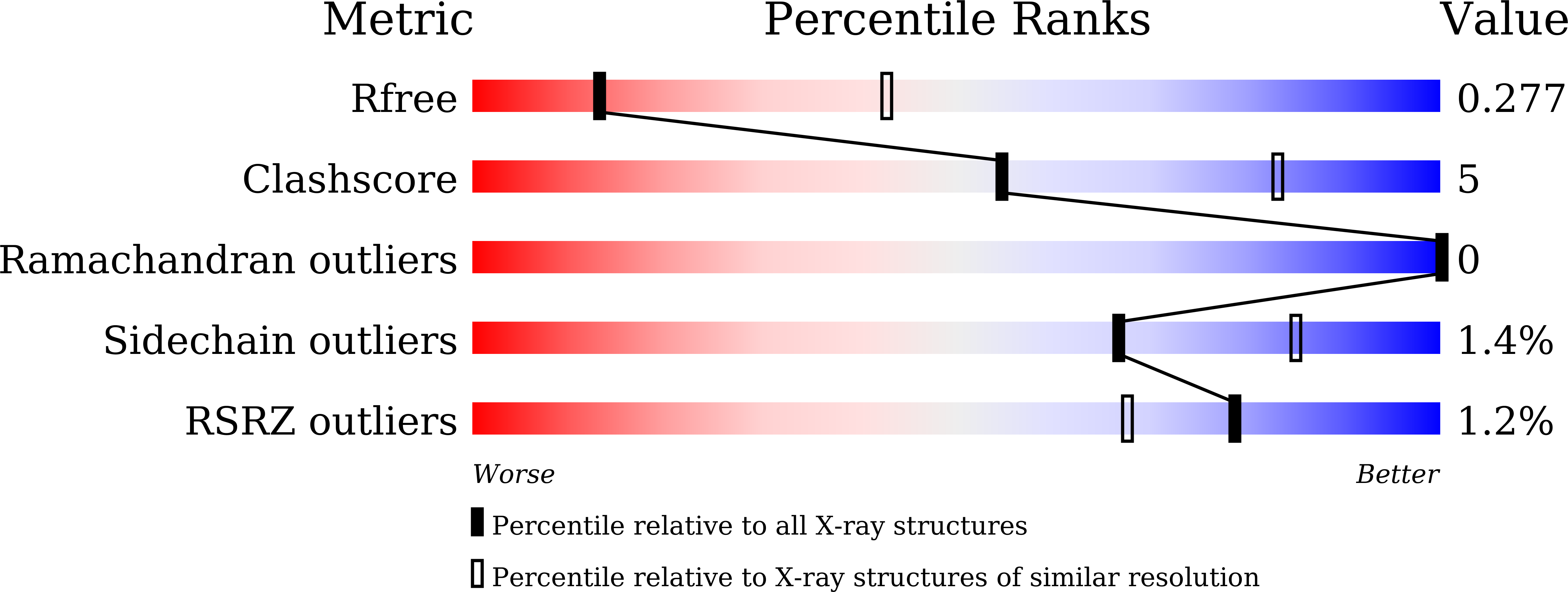
Deposition Date
2023-05-18
Release Date
2024-02-28
Last Version Date
2024-09-11
Entry Detail
Biological Source:
Source Organism:
Staphylococcus delphini (Taxon ID: 53344)
Host Organism:
Method Details:
Experimental Method:
Resolution:
3.15 Å
R-Value Free:
0.27
R-Value Work:
0.25
R-Value Observed:
0.25
Space Group:
C 2 2 21


